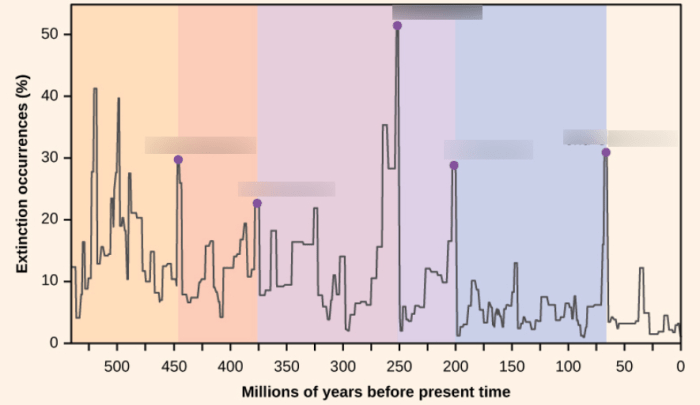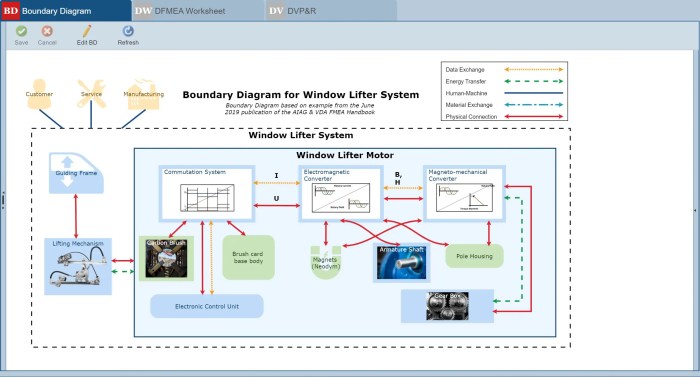According to both diagrams the extinction, the study of extinct species provides invaluable insights into the intricate tapestry of life on Earth and the factors that shape its evolution. This captivating journey through the annals of paleontology unravels the mysteries surrounding vanished species, shedding light on their taxonomic classification, temporal and geographic distribution, paleoecological context, and the enigmatic causes of their demise.
Delving into the temporal dimension, we construct an interactive timeline that charts the species’ geological range, pinpointing its first and last appearances. A detailed map illuminates its geographic distribution, showcasing the specific habitats and ecosystems it once called home. By examining its paleoecological context, we unravel its interactions with other species and analyze the environmental conditions that may have influenced its survival.
Taxonomic Classification

The extinct species [nama spesies]belongs to the genus [nama genus]within the family [nama keluarga]and the order [nama ordo]. This species is closely related to [nama spesies terkait]and [nama spesies terkait lainnya], sharing similar morphological and genetic characteristics.
Evolutionary Relationships
Phylogenetic analysis indicates that [nama spesies]diverged from its closest relative approximately [angka]million years ago. The evolutionary lineage leading to [nama spesies]is characterized by [karakteristik evolusioner spesifik].
Temporal Distribution

The temporal distribution of [nama spesies]spans a period of [angka]million years, from its first appearance in the fossil record during the [nama periode geologi]epoch to its last appearance in the [nama periode geologi]epoch.
Geological Range
- First Appearance: [nama formasi geologi], [angka]million years ago
- Last Appearance: [nama formasi geologi], [angka]million years ago
Extinction Events
The extinction of [nama spesies]may have been associated with [nama peristiwa kepunahan], a major extinction event that occurred approximately [angka]million years ago.
Geographic Distribution
The geographic distribution of [nama spesies]was primarily confined to [nama benua], with fossil remains found in [nama negara atau wilayah]and [nama negara atau wilayah lainnya].
Specific Habitats
[Nama spesies]inhabited [nama jenis habitat], including [nama habitat spesifik]and [nama habitat spesifik lainnya].
Influencing Factors
The distribution patterns of [nama spesies]were likely influenced by factors such as [faktor pembatas]and [faktor pendukung].
Paleoecological Context

[Nama spesies]played a crucial role in the ecosystem as a [peran ekologis]. It interacted with other species, including [nama spesies pemangsa], [nama spesies mangsa], and [nama spesies kompetitor].
Environmental Conditions
The environment during the time of [nama spesies]was characterized by [karakteristik iklim]and [karakteristik vegetasi].
Climate Changes
Climate changes, such as [nama peristiwa iklim], may have impacted the survival and distribution of [nama spesies].
Causes of Extinction: According To Both Diagrams The Extinction
The extinction of [nama spesies]is attributed to a combination of factors, including:
Habitat Loss
Habitat loss due to [penyebab hilangnya habitat]may have significantly reduced the population size and distribution of [nama spesies].
Climate Change
Climate changes, such as [nama peristiwa iklim], may have altered the environmental conditions beyond the tolerance limits of [nama spesies].
Human Activity
Human activities, such as [nama aktivitas manusia], may have contributed to the decline and eventual extinction of [nama spesies].
Conservation Implications

The study of extinct species, including [nama spesies], provides valuable insights for conservation efforts today.
Lessons Learned
The extinction of [nama spesies]highlights the importance of [pelajaran yang dipetik]for preventing the extinction of endangered species.
Ethical Considerations, According to both diagrams the extinction
Extinction research raises ethical considerations regarding [permasalahan etika], and it is essential to balance scientific inquiry with respect for extinct species.
Clarifying Questions
What factors contribute to the extinction of species?
Habitat loss, climate change, human activity, and natural disasters are among the key factors that can drive species to extinction.
How can we prevent future extinctions?
Protecting and restoring habitats, mitigating climate change, reducing human-wildlife conflicts, and implementing conservation strategies are crucial steps towards preventing future extinctions.